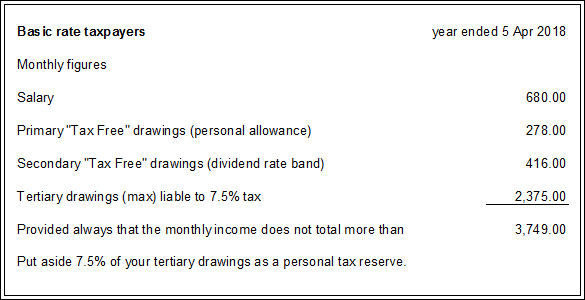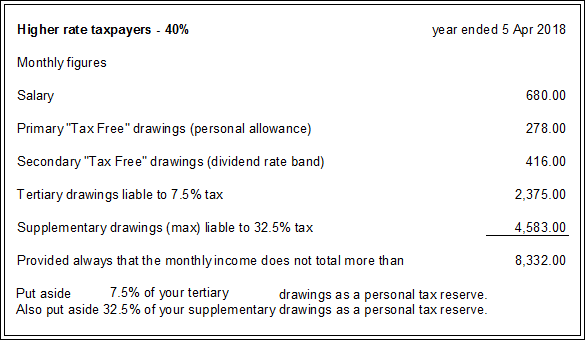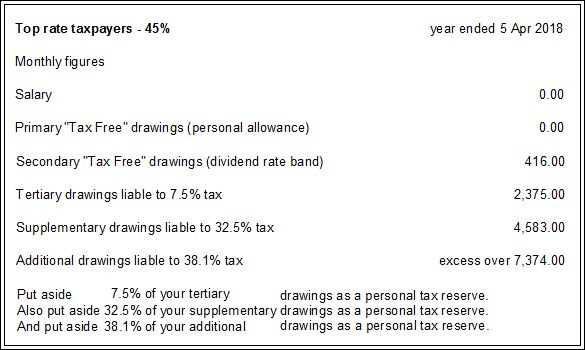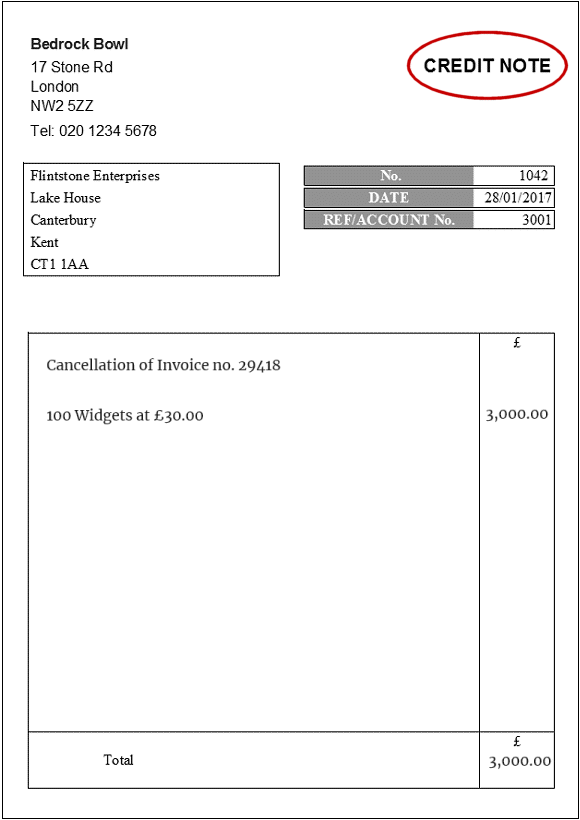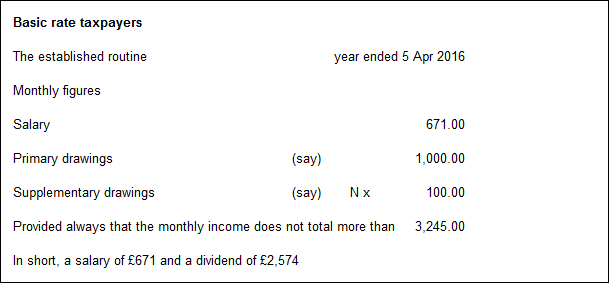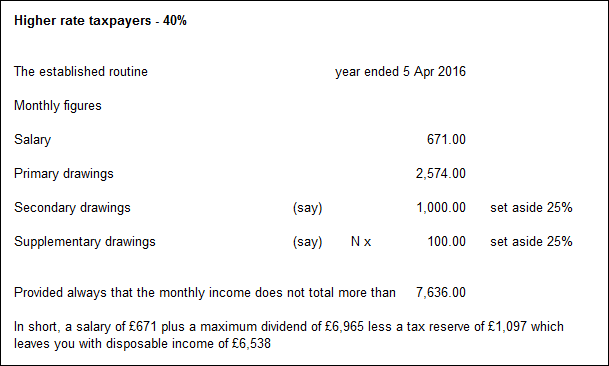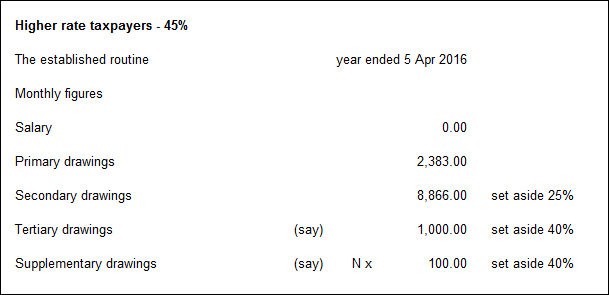HMRC has recently (late summer 2017) introduced a system for issuing “dynamic tax codes for PAYE cases”. It is intended, from their point of view, to be more accurate and thereby give taxpayers the most suitable code on a regular basis. Indeed it does seem to issue regular updates to coding notices (a bit too regular by some standards) and it does seem to get some things wrong! So in that respect it’s no better than the system they had before.
Every time your employer runs a payroll, and submits one of the “real time information” (RTI) reports, the Dynamic Coding system evaluates what should happen to your tax code. If the evaluation predicts a change next month, of anything more than a few pounds, then it issues a new code.
This presents no problem for people who have a salary fixed at the start of a tax year, have a salary review which coincides with the end of the tax year, and have 12 monthly payments which are near identical. No need for any changes to your tax code and Dynamic Coding does the maths and leaves everything as it was.
If that’s not you, then there are going to be one or more changes throughout the tax year. It gets particularly irritating when you get a bonus early on in the tax year, or in any month before about tax month 11 (which is February).
For example, if your salary is 36,000 then you’d have the code calculated according to monthly income of 3,000. However if it’s 36,000 with a 6,000 bonus, and that bonus is paid at the end of every April, HMRC will think that your April pay (being 9,000) is typical for the year. It scales that up to 9,000 every month, assumes an annual salary of 108,000, and works out (because you’re apparently earning more than 100,000) that you’re no longer entitled to the annual personal allowance of 11,500 and imposes a restriction. That results in enormous wodges of tax being taken off your pay in May!
How can we fix it? Accountants can’t!
In their wisdom, HMRC has decided that (a) you can only change it by logging in to your online personal tax account or (b) by calling them. That’s “you” the taxpayer, and not the accountant. HMRC has designed the system to exclude accountants and we have no access to personal tax accounts unless we’re sitting next to you when you log in!
So, you need a personal tax account (which requires two factor authentication) and that means you need a UK mobile phone. We have non resident clients who are UK taxpayers, and who do not have a UK mobile phone! HRMC’s advice to them – buy a UK mobile phone!
We know where Theresa May lives if you want to write to her!
Anyway, sign up for a personal tax account here https://www.gov.uk/personal-tax-account or phone HMRC on this number 0300 200 3300 (and expect a bit of a wait) and tell them what you think is wrong with your newly issued dynamic tax code.
By all means check with us first, and let us have a copy of your latest coding notice, because we don’t always get them for our personal tax clients. We certainly do not get them for employees of clients. When we run employer payrolls, we have coding instructions which tell us only the end result and not the constituent parts of a tax code
The HMRC Self Assessment portal which we do have access to (when personal tax clients have put in place the correct authorisation) is still separate to the PAYE system. There is some cross pollination between the Self Assessment system and the the PAYE system, but it’s 50 50 whether we get a PAYE coding notice or not. If we can see what the notice says, then (subject to no unforeseen events) we can make an intelligent guess as to what the code should be for the rest of this tax year. Or at least until next month when Dynamic Coding decides to change it again!

